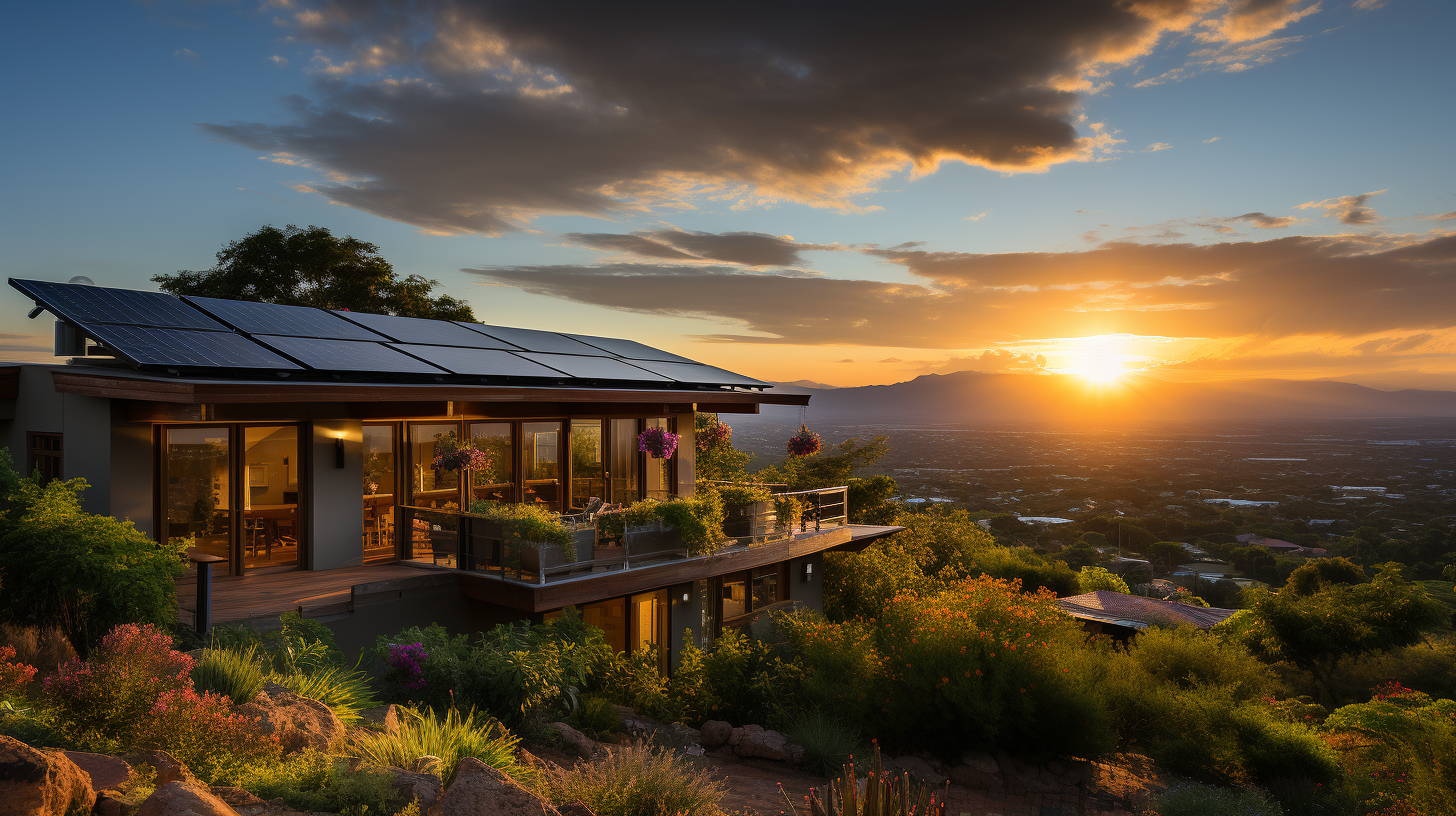
Advancing Energy Efficiency In South African Residential Architecture
In recent years, South Africa has witnessed a significant shift towards energy-efficient practices in the realm of residential architecture. With rising concerns about environmental sustainability and the ever-increasing demand for energy driven by the current energy crisis, architects are now playing a pivotal role in crafting homes that not only meet the aesthetic aspirations of homeowners but also contribute to a greener future that is less reliant on council service delivery. This article delves into the latest trends in energy efficiency within the South African residential architectural landscape, offering a professional perspective from the viewpoint of architects.
1. Passive Design Principles:
Passive design principles have gained substantial momentum in South African residential architecture. Architects are harnessing the country’s abundant sunlight and temperate climate to design homes that minimise energy consumption. Incorporating features like strategically placed windows, natural ventilation systems, and thermal mass materials helps to regulate indoor temperatures naturally, reducing the need for excessive heating or cooling.
2. Solar Photovoltaic (PV) Systems:
The integration of solar PV systems has become a hallmark of energy-efficient residential projects and essential in the face of persistent loadshedding. Architects are now seamlessly incorporating solar panels into their designs, effectively transforming homes into mini power stations. This not only enables homeowners to generate their own electricity but hopefully, in future, also contribute to the national grid, promoting a culture of clean energy production.
3. Sustainable Material Choices:
Architects in South Africa are placing a strong emphasis on selecting sustainable building materials that have a lower carbon footprint. From reclaimed wood to recycled metals and eco-friendly insulation materials, these choices not only minimise environmental impact but also enhance the overall energy efficiency of the built environment.
4. Smart Home Technology:
The rise of smart home technology has revolutionised the way architects approach energy efficiency. Architects are integrating automated systems that control lighting, HVAC, and other utilities based on occupancy and environmental conditions. This ensures that energy is used judiciously, with minimal wastage.
5. Green Roofs and Vertical Gardens:
In urban settings, space is often limited, prompting architects to explore innovative ways to integrate greenery. Green roofs and vertical gardens not only improve the aesthetics of a home but also provide natural insulation, reducing the energy required for temperature control.
6. Water Efficiency Measures:
While not directly related to energy, water efficiency measures are a significant component of sustainable architecture and are becoming more and more common in combating the effects of water scarcity in South Africa. Architects are incorporating rainwater harvesting systems, greywater recycling, and water-efficient fixtures to reduce water consumption, indirectly contributing to energy conservation in regions where water and energy resources are closely linked.
7. Collaborative Approach:
Architects are collaborating closely with engineers, energy consultants, and clients to ensure that energy-efficient designs are executed seamlessly. Energy simulations, daylight analysis, and other advanced modeling tools are being used to predict a building’s energy performance accurately.
Conclusion:
As South Africa moves towards a more sustainable future, the role of architects in driving energy-efficient residential projects cannot be overstated. The adoption of passive design principles, solar PV systems, sustainable materials, smart home technology, and other innovative strategies signifies the industry’s commitment to reducing energy consumption and mitigating environmental impact. Through a collaborative approach and a strong focus on these trends, Sergio Chinelli architects are paving the way for a greener, more energy-efficient South Africa, one residence at a time.
Written by: Sergio Chinelli



